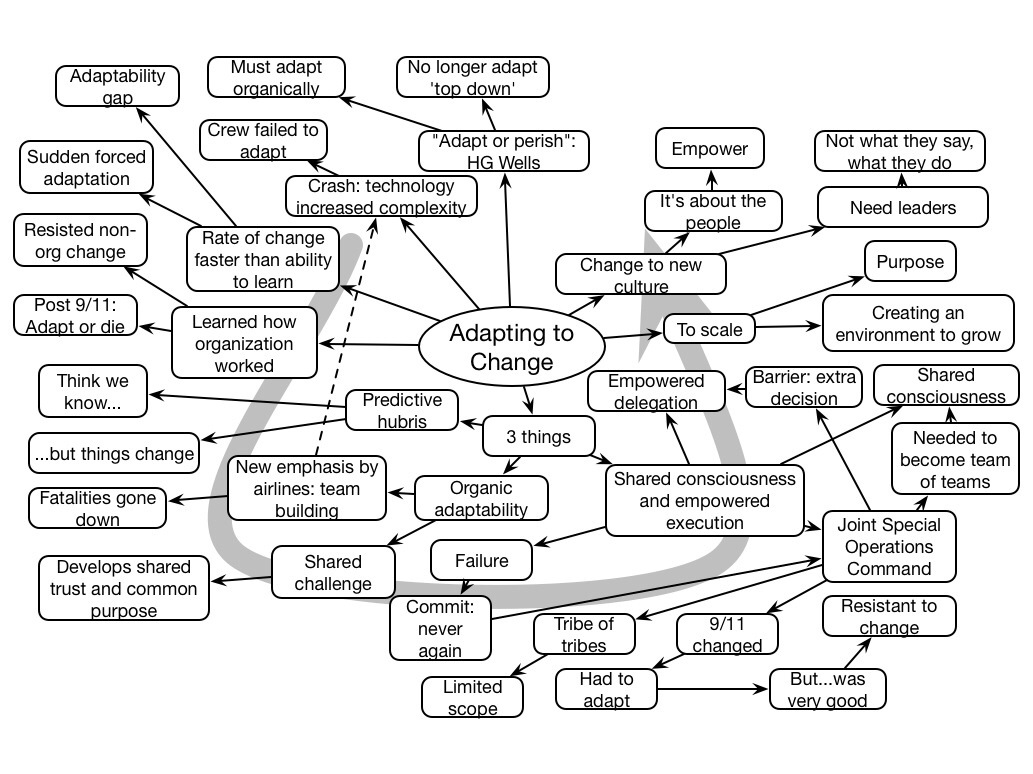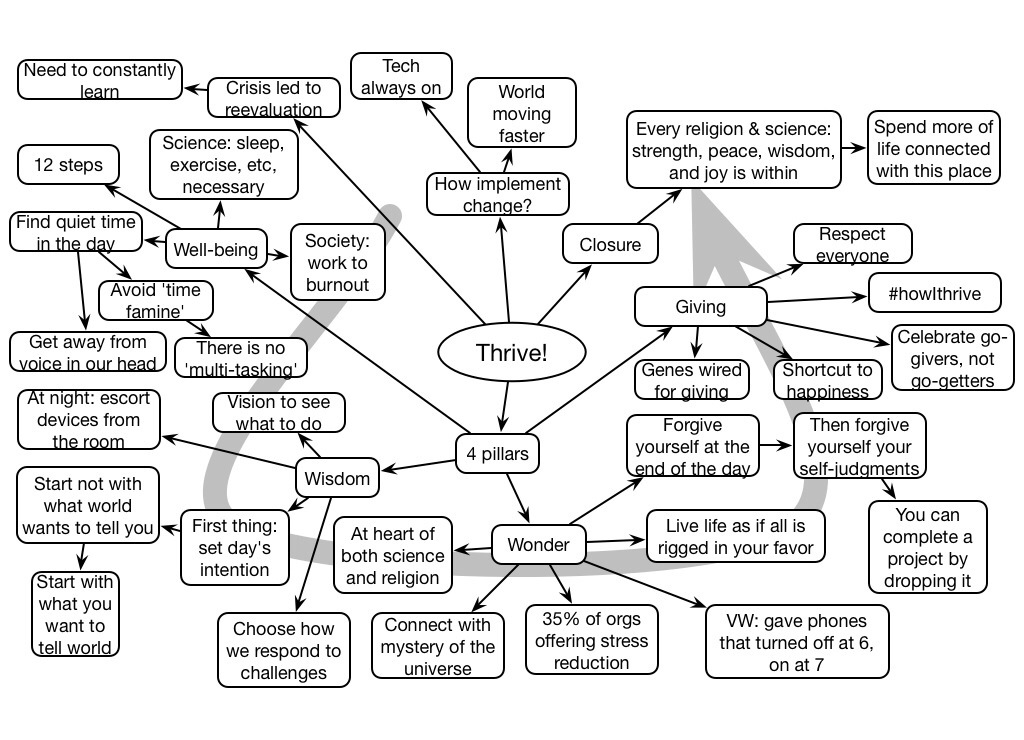One of the things that emerged at the recent A(S)TD conference was that a particular gap might exist. While there are resources about learning design, performance support design, social networking, and more, there’s less guidance about facilitating innovation. Which led me to think a wee bit about what might be involved. Here’s a first take.
So, first, what are the elements of innovation? Well, whether you listen to Stephen Berlin Johnson on the story of innovation, or Keith Sawyer on ways to foster innovation, you’ll see that innovation isn’t individual. In previous work, I looked at models of innovation, and found that either you mutated an existing design, or meld two designs together. Regardless, it comes from working and playing well together.
The research suggests that you need to make sure you are addressing the right problem, diverge on possible solutions via diverse teams under good process, create interim representations, test, refine, repeat. The point being that the right folks need to work together over time.
The barriers are several. For one, you need to get the cultural elements right: welcoming diversity, openness to new ideas, safe to contribute, and time for reflection. Without being able to get the complementary inputs, and getting everyone to contribute, the likelihood of the best outcome is diminished.
You also shouldn’t take for granted that everyone knows how to work and play well together. Someone may not be able to ask for help in effective ways, or perhaps more likely, others may offer input in ways that minimize the likelihood that they’ll be considered. People may not use the right tools for the job, either not being aware of the full range (I see this all the time), or just have different ways of working. And folks may not know how to conduct brainstorming and problem-solving processes effectively (I see this as well).
So, the facilitation role has many opportunities to increase the quality of the outcome. Helping establish culture, first of all, is really important. A second role would be to understand and promote the match of tools to need. This requires, by the way, staying on top of the available tools. Being concrete about learning and problem-solving processes, and educating them and looking for situations that need facilitation, is another role Both starting up front and educating folks before these skills are needed are good, and then monitoring for opportunities to tune those skills are valuable. Finally, developing process facilitation skills, serving in that role or developing the skills, or both, are critical.
Innovation isn’t an event, it’s a process, and it’s something that I want P&D (Learning & Development 2.0 :) to be supporting. The organization needs it, and who better?
#itashare


